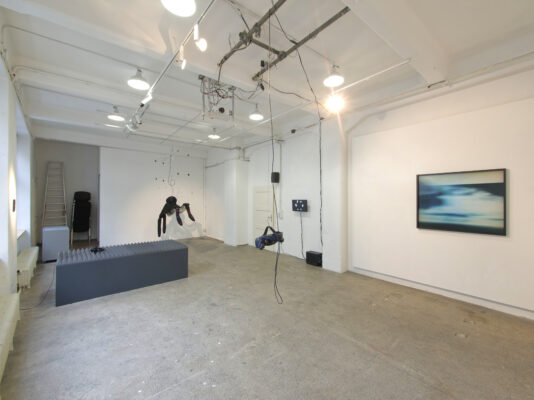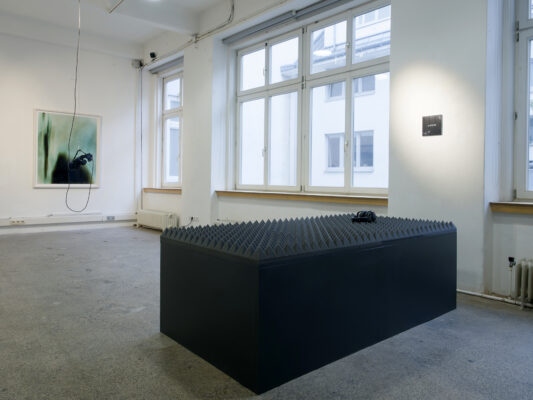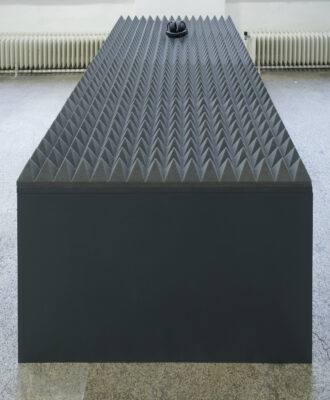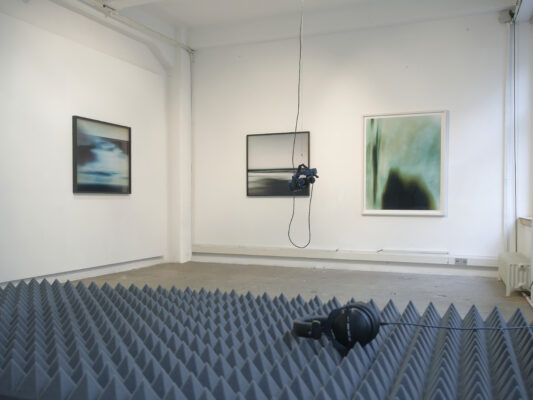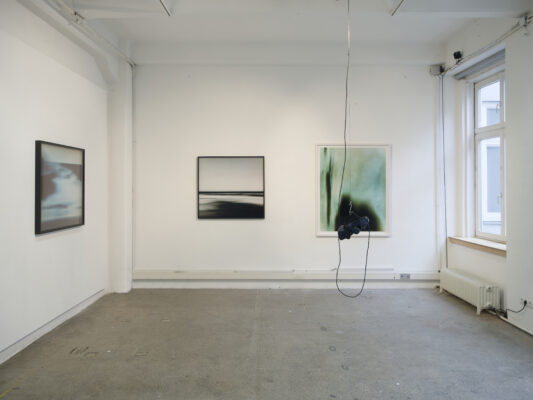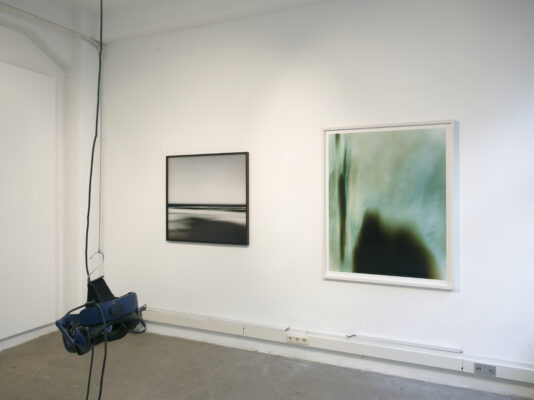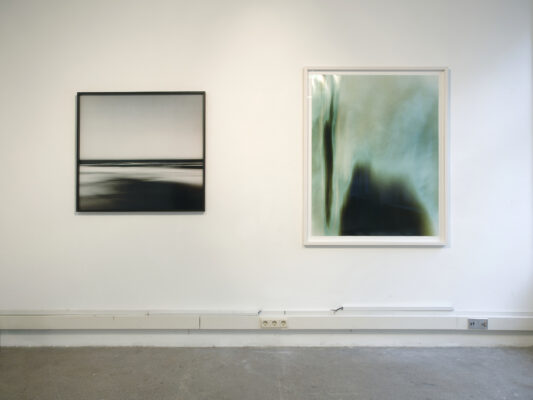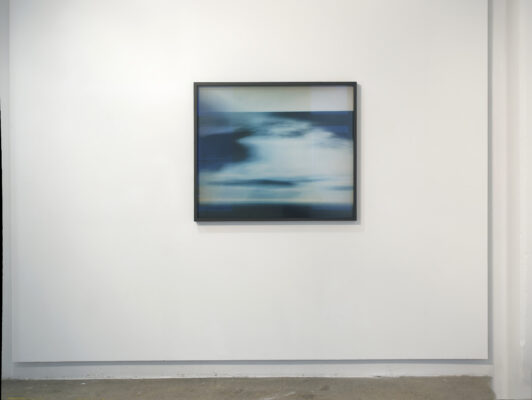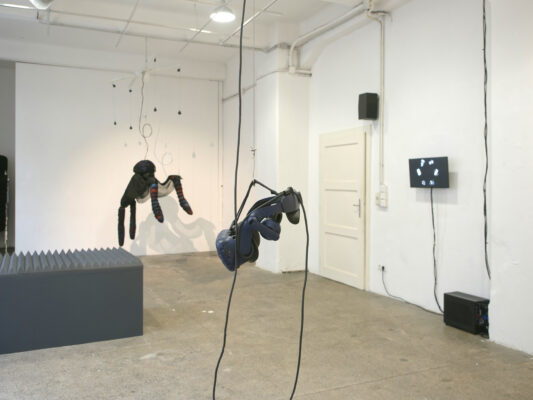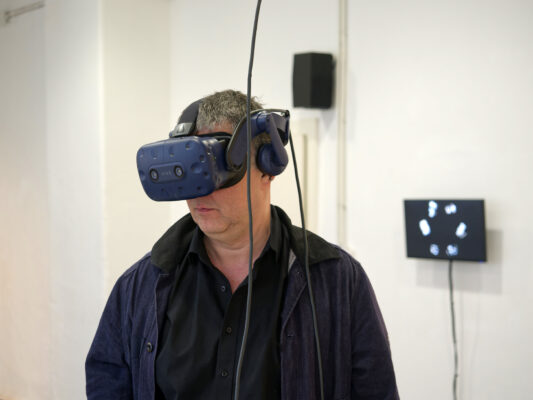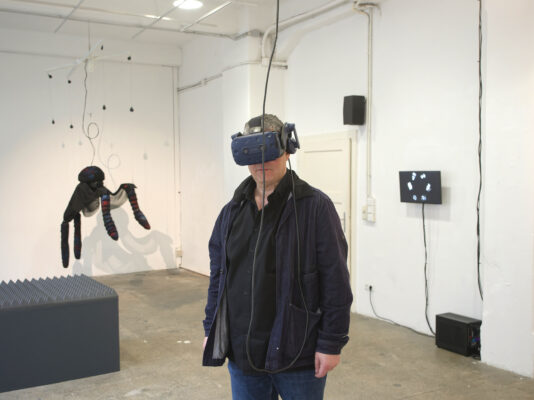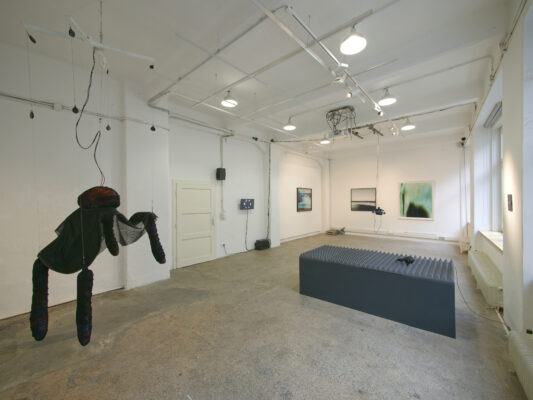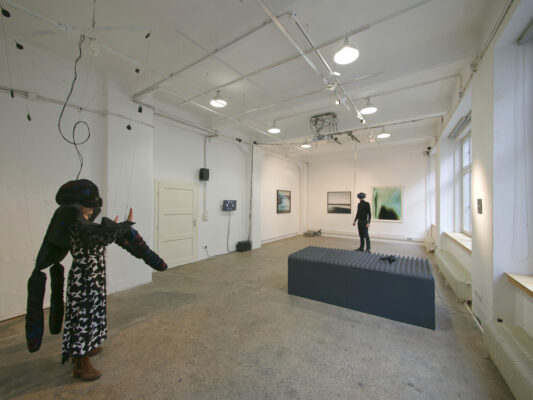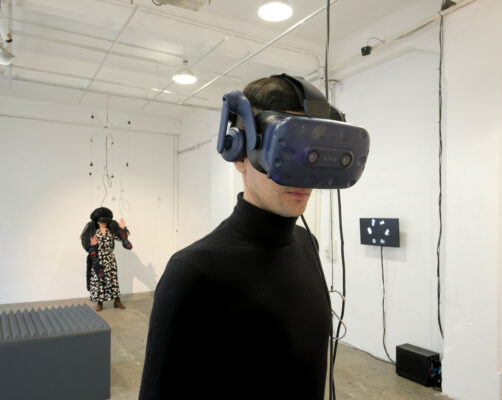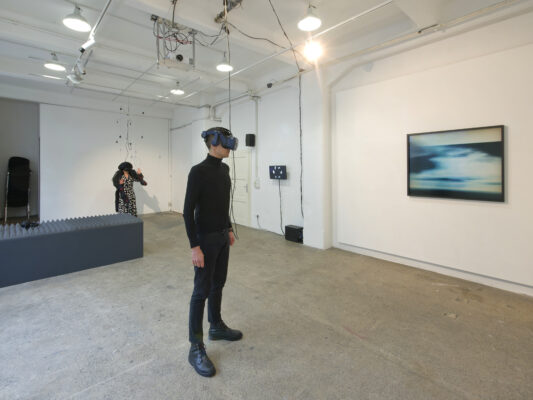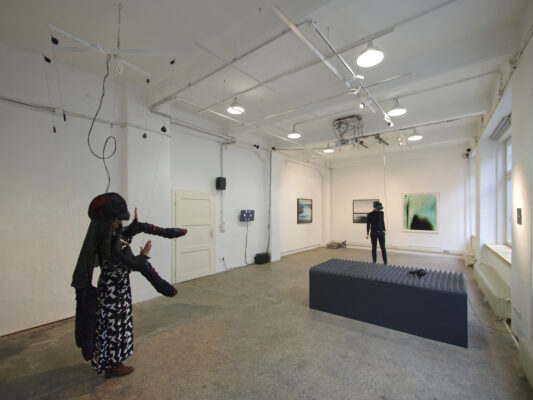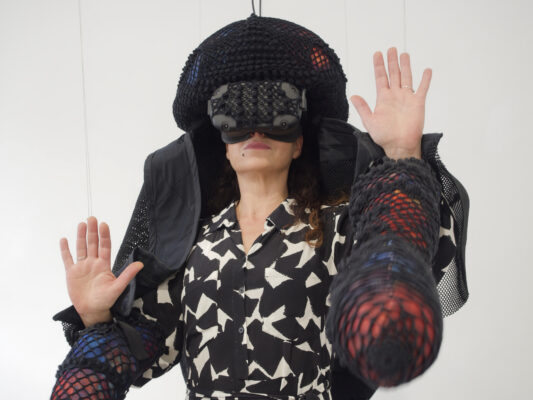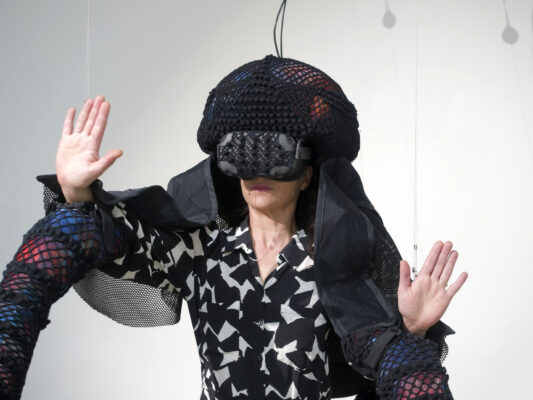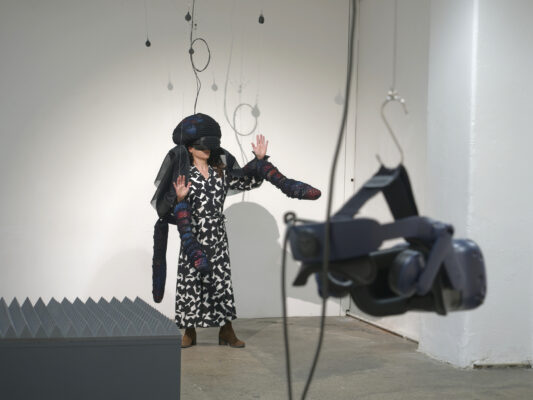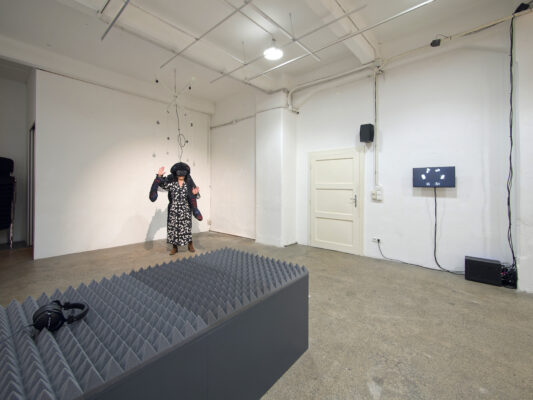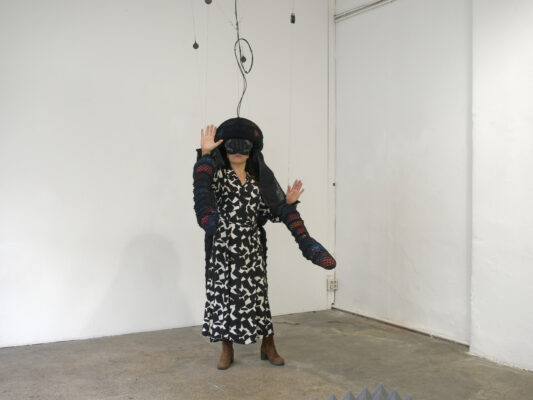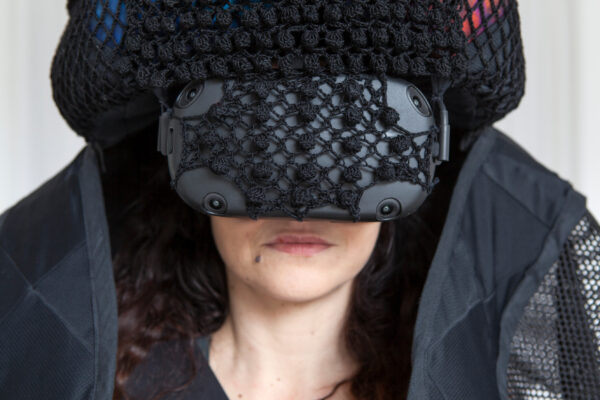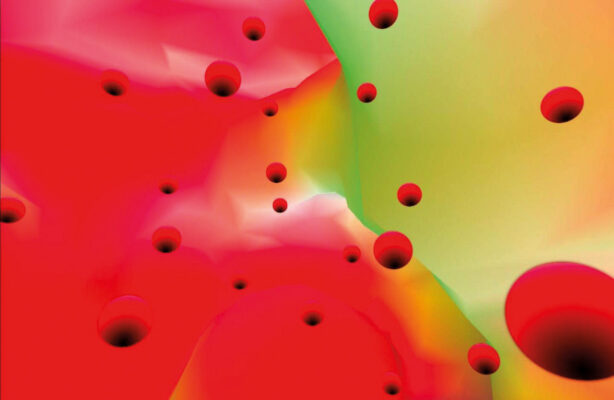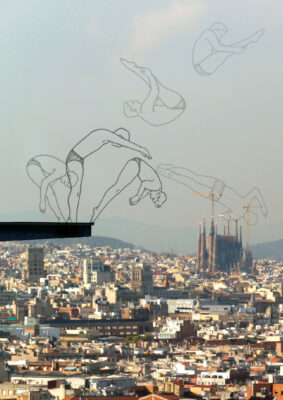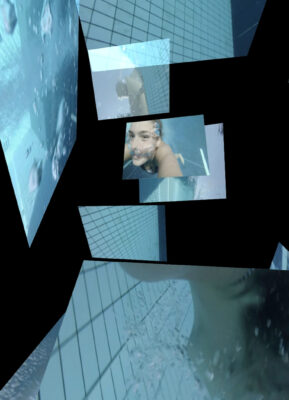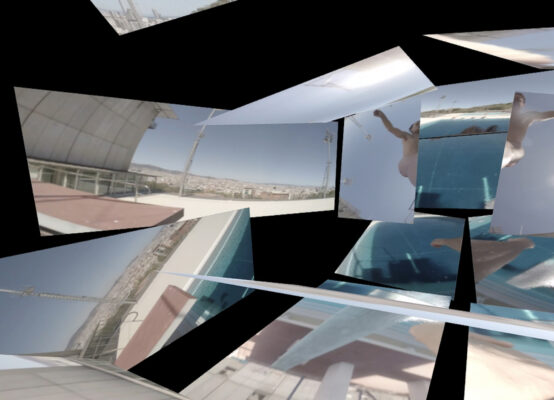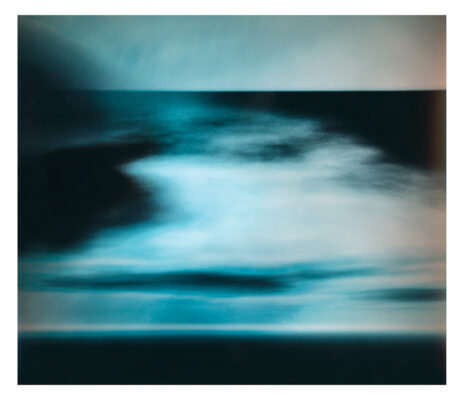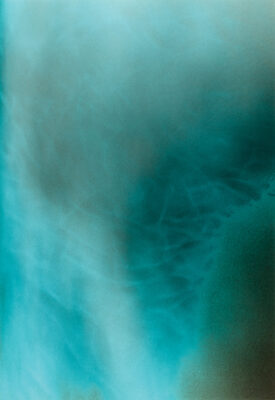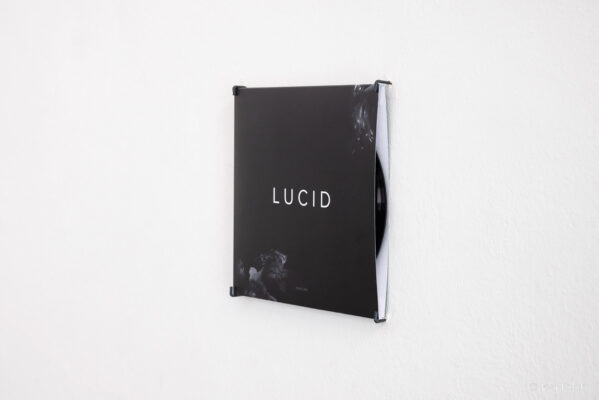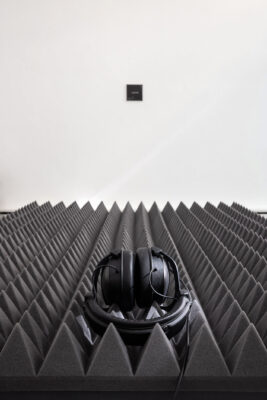FOTOGALERIE WIEN ON TOUR
AT MEDIENWERKSTATT WIEN
MAIN FOCUS 2022/2023: DIGITAL
Opening: Monday, 24 April 2023 at 7 p.m.
Opening speech: Johan Nane Simonsen
Exhibition space: Medienwerkstatt Wien
Neubaugasse 40a, 1070 Vienna; www.medienwerkstatt-wien.at
Opening hours: Tu–Fr, 5–8 p.m.
Artist talks:
Thursday, 11 May 2023 at 7 p.m.: Julie Monaco
Tuesday, 16 May 2023 at 7 p.m.: Martin Kusch
With DIGITAL, the FOTOGALERIE WIEN is dedicating its latest focus series to a topic that is shaping our entire epoch. Speculation about workers spending a great portion of their waking life with their eyes glued to a monitor no longer belongs to the realm of fiction. The globe rotates beneath a net of satellites that continuously generate images of its surface. Almost all of us carry a computer in our trouser pockets, we are all under surveillance, measured and expressed in two numbers: zero and one. Digitalisation has had wide-ranging consequences for photography. Some have declared it dead. But contrarily photographic imaging processes have developed into an important principle of our digital life style. Photographs are produced and consumed in unprecedented numbers. Photographs on small, garish screens have become the interface of algorithms and our emotions, desires, fears and dreams. We dare to cast a gaze on this present and show, in three exhibitions centred on the DIGITAL, an overview of the technologies and the reactions of artists to them. Together with them we are attempting to get a sense of the intangible and to assess its potential and dangers.
In the second exhibition focused on the DIGITAL, the issue is the relationship between technology and our perceptual apparatus. With the help of digitally generated stimulation, new spaces and experiential worlds are generated in our brains. Our sensory organs function here as a kind of interface between the digital impulse and human consciousness. If we get into these illusions on board and continue to transfer our activities into virtual domains this not only causes a shift in our perceptual space from the physical world into that of virtual reality, but the structure of our perception itself begins to alter. Novel perspectives – even the places of other species – can be taken up and on occasion also multiple positions simultaneously. Or the physical body gets completely “lost” and we then find ourselves in a “space without place”. Image, sound and vibration are used to construct a reality that obeys other rules than those that apply to our familiar “carbon-based world” – as our physical reality is called to differentiate it from the silicon-based world of microchips … (Johan Nane Simonsen)
Diver is an interactive installation by Martin Kusch that explores the potential of virtual reality. It presents multiple subjective points of view captured by the body of an Olympic diver, equipped with eight cameras, executing different types of dives. Visitors are invited to put on a virtual reality head-mounted display apparatus. By moving about, the user modifies the simultaneously-transmitted viewpoints, transforms and recombines them in various layers, creating relationships between the recorded space, the media-created space and the real space.The visitors are plunged into the heart of an extreme action, an acrobatic freefall interrupted by a shattering entrance into the water. The diver’s generic athletic body is made accessible to the “normal body” of the exhibition visitor, who becomes co-author of the work via his physical involvement. Reflecting the tension between high-performance and its representation, the organic, the mechanical and the digital, and the centralization of control and its apportionment, an inextricable post-human machine is orchestrated and re-embodied.
In Ernst Lima’s work LUCID, the physical boundaries are being dissolved through digital tools and made sensually palpable. In a sound installation, the process of physical decay is elevated into an ephemeral medium. The exploration of an extended existence not bound to physical bodies is being researched. In our form as a hyper-sensory self, where we connect with the digital and send and receive data, we have the choice to extend our bodies into a self-written hyper-reality. As our senses become digitized and thus transferable to others, we expand our sensory capacity through the digital interface, which we merge with. We leave our bodies to rewrite ourselves – free from scratch. A review takes place as our human existence passes by us once again. Quotes from musicians who have been voicing non-binary life concepts since the beginnings of sound recording will serve as a metaphor for the last moments of life when everything experienced is seen once again.
Since 2001 Julie Monaco’s main concern has been digital image production using fractal structures and surfaces (renderings) in a dialogue with analogue elements. The focus is on the exploration of fractal depiction possibilities with the appropriate software. The works are artificial, digitally produced images which are not of something encountered in “reality”. They are based on numerical code and thus the result of a concretely predetermined computational option. The final result, both analogue and digital – silver gelatine, colour, analogue or inkjet print or Instax film – is achieved by the material embodiment of a media translation of the artistic process.
endoSensorial mask is an interactive installation by Patrícia J. Reis with a sculpture hanging from the ceiling – a costume with an integrated VR headset that participants can put on. By doing so, the participant is immersed in a VR environment. The sculpture is made from mixed materials, such as textiles and foam, forming a figure that aims to be an extension of the user’s body. The motion image shown in the virtual set corresponds to the “real” sculpture. The viewer is situated “out” of the exhibition space into a virtual environment characterised by an endless space colonised by other species.
The playful interaction invites the participant to establish communication with the virtual species by trying to touch them. The virtual species change their location and appearance; the real species – the participants – are affected by vibration feedback.
The installation points out to the urgency of multi-species interaction and co-creation for an ecological sustainable future. The design of the species resembles an octopus and was inspired by Vilém Flusser Vampyroteuthis infernalis.
Petra Noll-Hammerstiel and Johan Nane Simonsen
(textual support: Johan Nane Simonsen)
